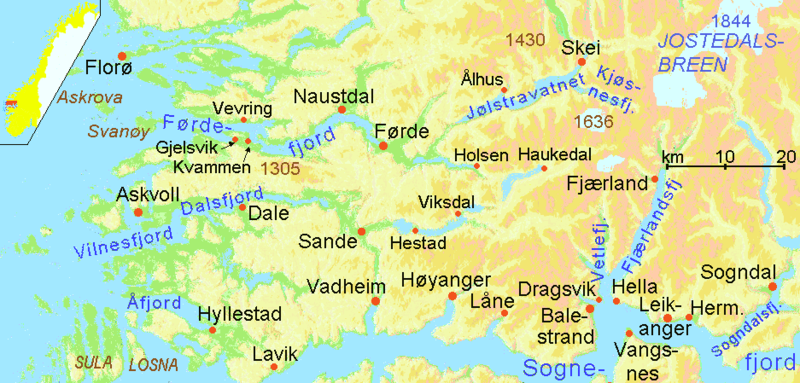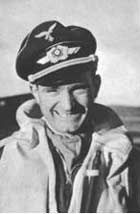Black Friday - 9th February 1945
Living 72 years since the end of the second world war, there aren't many people left who lived through it, let alone those who fought for the future we live in. That doesn't mean we should forget the past though, and even in the quiet north east of Scotland where I grew up and where Sovereign Hobbies is based, there are small reminders of the efforts and sacrifices made.
Today was a perfect winter's day up here. The sky was clear blue and the slush from last night's snow was frozen hard as it lay. We ventured out for a short trip to visit one of these things so close that most people don't ever stop to look at. In a layby on the A98 just west of Boyndie, there stands a granite obelisk dedicated to the Banff Strike Wing.
Comprising of 4 locations, RAF Banff, RAF Dallachy, RAF Fraserburgh and RAF Peterhead, the Banff Strike Wing was part of Royal Air Force Coastal Command and spent the years 1944 to 1945 attacking occupying Nazi forces in Norway.

The wing comprised mostly North American Mustangs, based normally at what is now known as Longside airfield near Peterhead, and a large number of de Havilland Mosquito fighter bombers and Bristol Beaufighter heavy fighters. The work they did was inherently dangerous, and typically involved diving into Norwegian fjords to attack German shipping with machine guns, cannons, rockets and torpedoes. Despite the danger, they were a very effective force and also one which was frequently photographed, thanks to the Canadian born Group Captain Max Aitken who believed in the value of publicity and who after the war entered the newspaper business.
Things did not always go their way however, and infact the 9th February 1945 resulted in such heavy losses that it became known as Black Friday. These losses were the highest taken by any Coastal Command strike wing throughout the entire war.
 It began when a Beaufighter flown by New Zealanders from 489Sqn sighted the German Narvik class destroyer Z33 in Førde Fjord, accompanied by a minesweeper and two flak ships.
It began when a Beaufighter flown by New Zealanders from 489Sqn sighted the German Narvik class destroyer Z33 in Førde Fjord, accompanied by a minesweeper and two flak ships.
That day, it was RAF Dallachy on alert to attack shipping sighted by reconnaissance. Continuing on, the 489Sqn aircraft sighted 5 large German merchant ships in a very vulnerable state, but whilst these would have been easy pickings and very worthwhile targets, the command system placed higher priority on attacking warships - which in this case were very well defended and well protected by the fjord.
None the less, at least 31 Beaufighters left RAF Dallachy and joined up with around a dozen Mustang fighter escorts, and set out to attack Z33. The attack was led by 25 year old Wing Commander Colin Milson, who had significant personal reservations about the attack which he expected would be very costly, but he carried out his orders as instructed. The raid had been planned by Wing Commander Jack Davenport who had actively sought to minimise allied casualties, but the location and situation was inherently very dangerous.
The plan called for 2 "outriders" - Beaufighters ahead of the main force to confirm the location of the enemy ships. At 15:50hrs they radioed Milson to advise that the ships were not in the location reported that morning by the reconnaissance sortie. They overflew the town of Førde and then turned to search further up the fjord, but by this time their presence was known and Focke Wulf Fw190s from Jagdgeschwader 5 were scrambled from Herlda to intercept.
Several minutes later, the main Beaufighter force arrived at the entrance to the fjord, and to their surprise they flew straight over the German ships they were looking for and came under intense anti-aircraft fire, although not too accurate at this point as none of the strike force were hit. Milson wheeled the force around looking for a route in to attack Z33 but the steep walls of the fjord made most approaches impossible.

Attack on destroyer Z33 in Førde Fjord
The Banff Strike Wing normally attacked from all directions at once to swamp the anti-aircraft defences, but the geography of the fjord prevented this. The only possible way to attack was in more-or-less single file, with all anti-aircraft guns concentrating on one aircraft at a time. If that weren't bad enough though, they now had another problem as the JG5 Fw190s arrived to intercept them.
The escorting Mustangs defended the Beaufighters to the best of their ability and an intense dogfight ensued with over 50 aircraft involved - the largest air combat ever to have taken place over Norway, before or since. Overall, there were simply too many disadvantages for the Banff Strike Wing to face.
The attack was unsuccessful. Z33 was damaged with a small number of casualties, but the final toll on the Banff Strike Wing was far higher. All in all, 7 Beaufighters were shot down by the ships' anti-aircraft guns. A further 2 Beaufighters fell victim to the Fw190 fighters. A single Mustang was shot down in combat with the Fw190s, and the Mustangs themselves shot down either 4 or 5 Fw190s. Fourteen of the allied crews were killed in action, and 4 survived being shot down but were taken prisoners of war. Two of the Fw190 pilots were killed including Lieutenant Rudi Linz, who had amassed 70 victories in his career - the 70th victory was in fact the sole Mustang lost in the same engagement.

 Lieutenant Rudi Linz
Lieutenant Rudi Linz

The 14 deceased from the Banff Strike Wing (photograph belongs to ProCom Diving Services, Alberta, Canada)
Seven crew members on the ships lost their lives also. The surviving aircraft returned to Dallachy, where two belly landed due to damage taken.

Bristol Beaufighter crash landed at RAF Dallachy following Black Friday raid
Today, RAF Dallachy and RAF Banff can still be seen from the air, although their use as airfields ceased long ago. All that is apparent from the ground now is a granite memorial to the Banff Strike Wing, where we visited for the first time today.


Linz's Fw190 was recovered from the water in recent years and is undergoing restoration to airworthiness in the USA.
Some of the allied aircrews' bodies were recovered and buried initially at Førde church cemetery, but were reinterred at the allied war cemetery in Haugesund. At least 3 crew members remain unaccounted for, although recent diving expeditions have discovered the final resting places of some of the aircraft and crews (now designated war graves). There are memorials erected in Norway to Black Friday, and volunteers maintain the Black Friday Museum in Naustdal.



